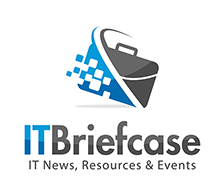How Analytics Governance Empowers Self-Service BI
September 15, 2021 No CommentsData governance is a broad topic with a lot of players offering commentary and strategy across the data and analytics space. Governance isn’t only about security and access control, or who can access what; it’s also about how data is maintained and how it gets used. Data stewardship is the practice of ensuring that data is secure, usable, and reliable: governance is the implementation of these practices. Analytics stewardship and governance is the extension of the principles of data stewardship and governance with a focus on analytics, business intelligence and data science use cases. The understanding and application of analytics stewardship and governance is critical to creating a community of empowered, data-driven users who can intelligently leverage an organization’s data assets.
With the explosion in data, there are many technology providers proposing solutions to address portions of the stewardship and governance challenge. Data catalogs like Alation and Collibra focus on cataloging raw data and managing governance policies. Companies like Immuta and Privacera, meanwhile, focus on enforcing the security aspects of analytics governance, including cloud data and access control, by enforcing policies within the query path. Analytics catalog solutions like Digital Hive and Zenoptics focus on surfacing pre-built dashboards and reports. Given the variety in approaches, a semantic layer like AtScale is the natural place for analytics stewards to make raw data “analysis-ready” and to enforce the full spectrum of governance policies.
The benefit of implementing analytics policies at the semantic layer – for both access control and usage policies – is that users can be guided and coached how to interact with analytics in real-time. This empowers individuals to operate independently and with confidence that they are working with data in the right way. Since users can consume data through AtScale with tools of their choice (i.e. ad hoc analysis tools like Excel Pivot tables, BI tools like Power BI or Tableau, or scripting tools like Python), their policies can be maintained and enforced in a single location.

 Inside the Briefcase
Inside the Briefcase












Sorry, the comment form is closed at this time.